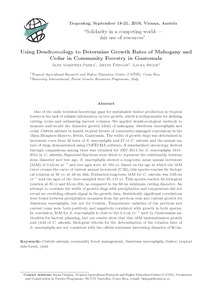Towards wellbeing: monitoring poverty in Kutai Barat, Indonesia
Poverty is a persistent problem throughout Indonesia. Seven years after decentralisation began there is little improvement in the wellbeing of rural people. Local governments have received new opportunities and responsibilities for development, but few districts have the necessary capacity and experience to effectively reduce poverty. This report provides a portrait of household poverty and wellbeing in Kutai Barat, a district that was only established in 1999.


